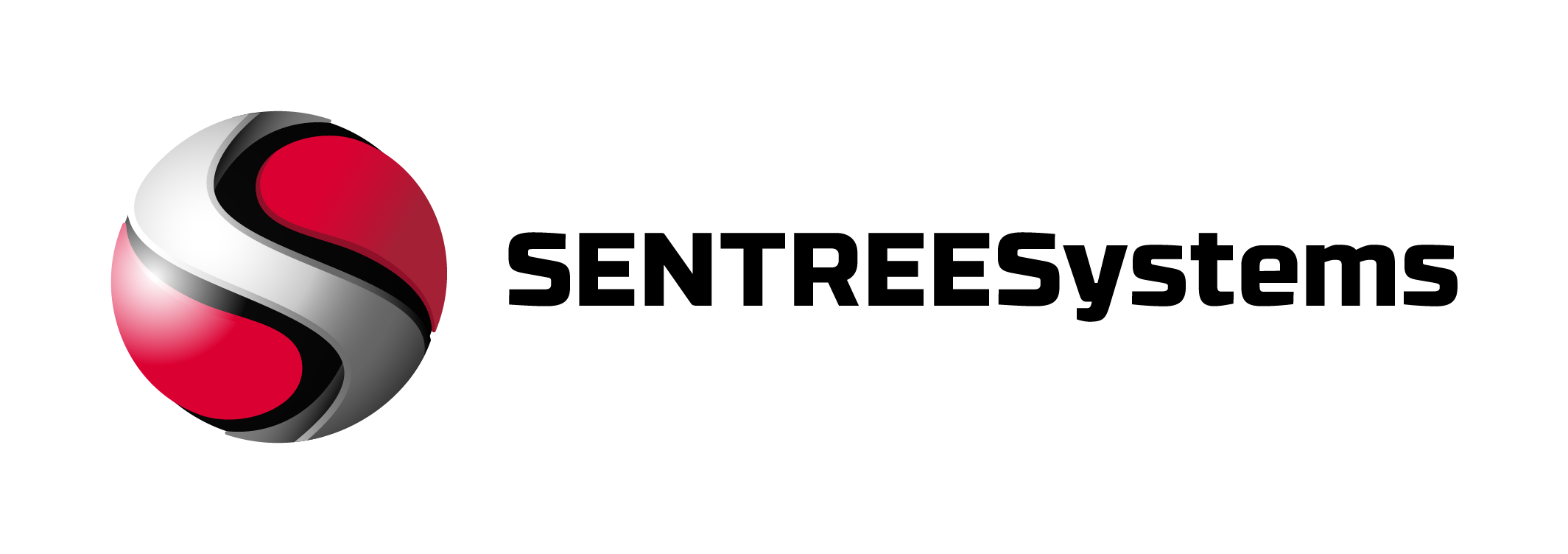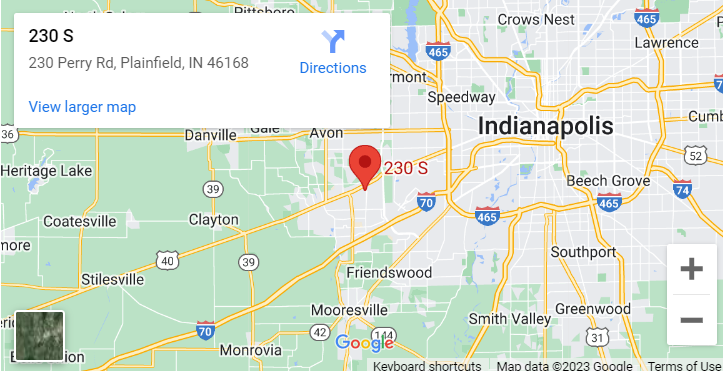AI Monitoring Best Practices for Small Business Security
How small businesses can leverage AI-powered security monitoring to detect threats faster and respond automatically—without enterprise budgets.
Small businesses face the same sophisticated cyber threats as Fortune 500 companies, but with fraction of the security resources. AI monitoring best practices level the playing field by automating threat detection and response tasks that would otherwise require dedicated security teams. While traditional security approaches rely on manual analysis and static rules, AI-powered monitoring systems learn normal business patterns and flag deviations that signal compromise.
Key Takeaways
- Start with endpoint detection before adding network monitoring layers
- Prioritize false positive reduction to prevent alert fatigue in small teams
- Implement automated response for after-hours threat containment
- Focus on behavioral analytics over signature-based detection
- Plan phased deployment to build expertise alongside technology
What should small businesses deploy first for AI security monitoring?
Endpoint Detection and Response (EDR) with AI enhancement should be the first deployment for most small businesses.
A 35-person professional services firm implemented AI-powered EDR after experiencing suspicious file modifications across multiple workstations. The system automatically isolated three compromised endpoints within minutes, preventing lateral movement while the IT manager investigated remotely. The automated containment occurred during evening hours when no security staff was available.
Based on implementing AI security monitoring across dozens of small business environments, EDR provides immediate value by protecting the devices where employees actually work.
Understanding AI monitoring best practices and core technologies
EDR vs XDR
EDR focuses on individual endpoints like laptops and servers, while XDR correlates data across endpoints, networks, and cloud services. Small businesses typically start with EDR for immediate protection, then add XDR capabilities as they mature.
UEBA (User and Entity Behavior Analytics)
UEBA systems establish baselines of normal user behavior and alert when deviations occur. This catches compromised credentials and insider threats that traditional tools miss.
SIEM/SOAR vs MDR/MSSP
SIEM aggregates security logs while SOAR automates response workflows. MDR provides managed detection and response services, while MSSP offers broader managed security operations. Small businesses often choose MDR for 24/7 coverage without hiring security staff.
NIST CSF mapping
Identify: Asset discovery and risk assessment. Protect: Access controls and data encryption. Detect: AI-powered monitoring and anomaly detection. Respond: Automated containment and investigation. Recover: Backup restoration and business continuity. For healthcare organizations, these capabilities directly support HIPAA Security Rule requirements for access controls, audit logs, and incident response.
AI security monitoring comparison for small businesses
| Technology | What it does | Notes for SMBs |
|---|---|---|
| AI-Enhanced EDR | Endpoint behavior monitoring, automated isolation | Best starting point; immediate protection |
| Cloud SIEM | Log aggregation, threat correlation | Essential for compliance reporting |
| Network Analytics | Traffic pattern analysis, lateral movement detection | Add after endpoint coverage is solid |
| UEBA | User behavior baseline, anomaly detection | Valuable for insider threat detection |
| MDR Service | 24/7 monitoring and response | Cost-effective alternative to hiring security staff |
What does AI security monitoring cost for a 25–50 person business?
Most small businesses can implement comprehensive AI security monitoring for $150-400 per employee annually (as of December 2024).
- AI-Enhanced EDR: $5-15 per endpoint monthly
- Cloud SIEM: $1,000-5,000 monthly flat rate
- Network Analytics: $2,000-8,000 monthly depending on traffic volume
- MDR Services: $10,000-25,000 monthly for comprehensive coverage
Return on investment comes through reduced Mean Time to Detection (MTTD) and Mean Time to Response (MTTR). The Cybersecurity and Infrastructure Security Agency reports that automated response can reduce incident costs by 65-80 percent compared to manual processes. Organizations using AI monitoring typically detect threats in hours rather than weeks, limiting damage and recovery complexity.
Why do traditional security tools fail small businesses?
Traditional security tools generate thousands of alerts daily without context, overwhelming small IT teams who cannot distinguish genuine threats from false positives.
Alert fatigue causes security teams to ignore legitimate warnings. Signature-based detection misses novel attacks that don’t match known patterns. Manual investigation requirements exceed available staff hours, creating response delays that allow attackers to establish persistence and move laterally through networks.
AI monitoring systems address these limitations through automated triage, behavioral analysis, and response automation that functions during off-hours when human security personnel are unavailable.
Implementation strategy for ai monitoring best practices
Phase 1: Security Foundations
Enable multi-factor authentication, deploy basic antivirus, implement network firewalls, and establish patch management. These controls stop the majority of attacks without requiring AI monitoring.
Phase 2: Centralized Logging
Deploy cloud-based SIEM to aggregate security logs from all systems. This provides visibility and compliance documentation while teams develop monitoring expertise.
Phase 3: AI-Enhanced Detection
Add EDR with machine learning capabilities, then network analytics and user behavior monitoring. Focus on tools that provide automated response capabilities.
Phase 4: Response Automation
Configure automated containment for confirmed threats. Test incident response procedures regularly and refine automation rules based on operational experience.
Managing AI-specific security risks
AI monitoring systems introduce new attack surfaces including prompt injection attacks where malicious inputs manipulate AI responses, and data exposure risks where sensitive information processed by AI systems could leak to unauthorized parties.
Implement input validation for AI system queries, maintain comprehensive audit logging of AI interactions, and establish data retention policies that limit how long sensitive information remains accessible to AI systems. Organizations using third-party AI services should understand data handling practices and ensure contractual protections exist for sensitive business information.
Conclusion
AI monitoring best practices enable small businesses to achieve enterprise-grade security capabilities without enterprise budgets. The key is phased implementation that builds operational expertise alongside technology deployment. Start with AI-enhanced endpoint protection, add centralized logging and threat correlation, then layer on advanced behavioral analytics and response automation. Organizations that deploy AI security monitoring strategically can detect threats in hours rather than weeks, automate response during off-hours, and maintain the security posture necessary for customer trust and regulatory compliance.
Frequently Asked Questions
How quickly can AI monitoring systems detect threats compared to traditional tools?
AI monitoring systems typically detect threats within minutes to hours, while traditional signature-based tools may take days or weeks to identify novel attacks. Implementing ai monitoring best practices with behavioral analytics enables detection of previously unknown attack patterns that bypass conventional security controls.
Do small businesses really need AI security monitoring?
Small businesses are targeted in the majority of cyber attacks specifically because they lack sophisticated security capabilities. AI monitoring levels the playing field by automating analysis tasks that would otherwise require dedicated security teams.
Can AI security monitoring replace human security staff?
AI monitoring automates routine detection and initial response tasks, but human oversight remains essential for complex incident investigation, policy decisions, and business context that AI systems cannot provide.
What’s the biggest challenge when implementing AI security monitoring?
Alert fatigue from poorly tuned systems represents the biggest implementation challenge. Focus on solutions that prioritize alerts by business impact and provide automated response capabilities to reduce manual workload.
How do I choose between cloud-based and on-premises AI monitoring?
Cloud-based solutions offer faster deployment, automatic updates, and lower operational burden, making them ideal for most small businesses. On-premises deployment may be necessary for organizations with strict data residency requirements or highly regulated environments.
What compliance benefits does AI monitoring provide?
AI monitoring systems automatically generate audit logs, incident documentation, and compliance reports required by regulations like HIPAA, GDPR, and PCI-DSS. This reduces manual compliance work while demonstrating due diligence to auditors and regulators.
Should small businesses use managed detection and response (MDR) services?
MDR services provide 24/7 monitoring and response capabilities for organizations without dedicated security staff. This is often more cost-effective than hiring security personnel, especially for businesses with fewer than 100 employees.



